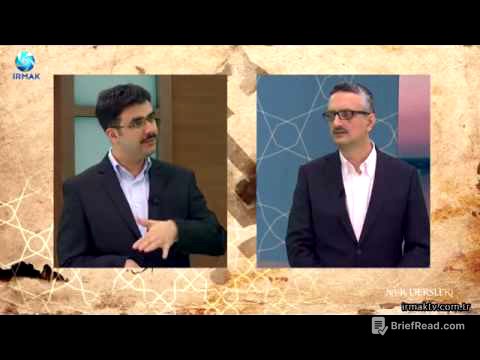TLDR;
This video discusses strategies for effective exam preparation, focusing on self-awareness, confidence-building, and efficient resource utilization. It covers understanding the syllabus, identifying strengths and weaknesses, and employing techniques like the process of elimination to maximize performance with less resources and faster preparation.
- Self-awareness in understanding the syllabus and personal strengths/weaknesses.
- Building confidence for better performance.
- Utilizing resources efficiently for faster preparation.
- Strategic approaches like the process of elimination.
University Degree Level [0:28]
The discussion starts by mentioning the level of a university degree, setting the context for the subsequent educational content.
Syllabus and Self Awareness [1:34]
The importance of understanding the syllabus is emphasized, along with self-awareness. This involves recognizing one's strengths and weaknesses to tailor study methods effectively.
Economy [1:58]
The discussion touches on the economy, potentially in the context of resource management or efficient study planning.
Self Awareness [4:04]
The video reiterates the significance of self-awareness in the learning process. Understanding oneself is crucial for effective preparation.
Strong Lastek [5:27]
The term "strong lastek" is mentioned, which might refer to a specific concept or technique related to exam preparation or confidence-building.
Confidence [5:58]
Building confidence is highlighted as a key factor in exam success. Confidence can lead to better performance and reduced stress.
Less Resources and Faster Preparation [6:21]
Strategies for preparing effectively with fewer resources and in less time are discussed, emphasizing efficiency and smart study techniques.
Maxim Deating Fact Affs Relan [7:28]
A series of terms ("Maxim," "Deating," "Fact," "Affs," "Relan") are mentioned, possibly referring to specific concepts, strategies, or tools relevant to exam preparation.
Version of Elimination Strategy [9:37]
The video introduces the concept of using a version of the process of elimination as a strategy. This involves systematically ruling out incorrect answers to increase the chances of selecting the correct one.









